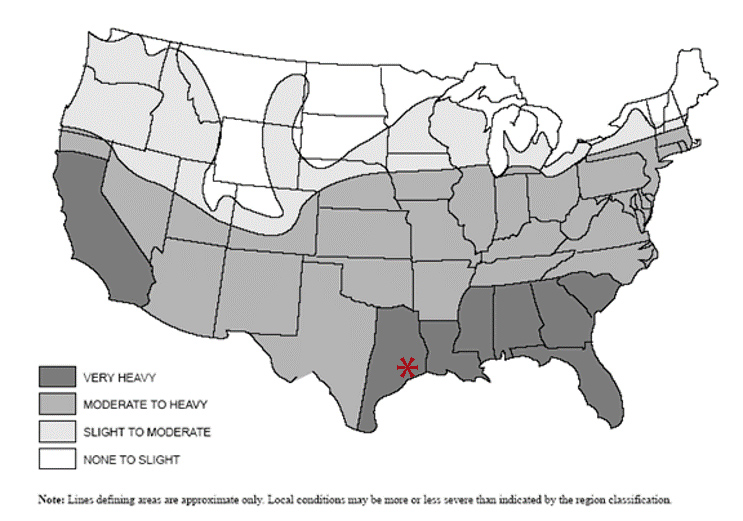Wood destroying insect
Our Process
We are certified Wood Destroying Insect Inspectors, certified by the Texas Department of Agriculture. Your inspector will complete and give to you a Wood Destroying Insect Report (WDI) which is required by the Veterans Administration when a buyer is getting a VA loan to purchase a home. This report requires the identification of:
- Visible evidence in or on the structure of termites, carpenter ants and any other wood destroying insects
- Any sign of previous treatment of the home
- Any areas of the property that are obstructed, inaccessible or conducive
The insects identified would include Wood Boring Bettles, Carpenter Ants and Termites which are some of the most economically destructive pests of structures.
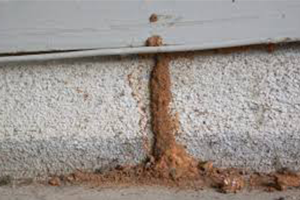
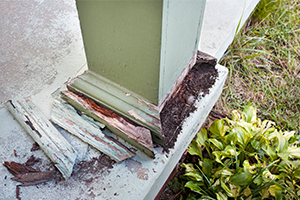
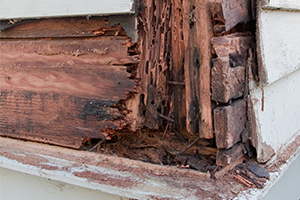
More about termites
Termites are known as “silent destroyers” because of their ability to chew through wood, flooring and even wallpaper undetected. Each year, termites cause about 5 billion in property damage in the U.S.
Types of Termites:
There are about 2,000 known termite species in the world, but there are 4 types that present the biggest threat to homeowners in the US: Subterranean, Drywood, Dampwood and Formosan
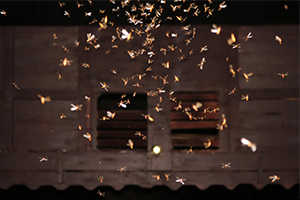
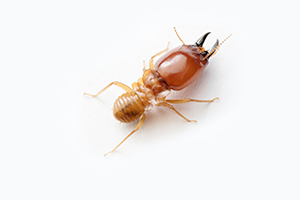
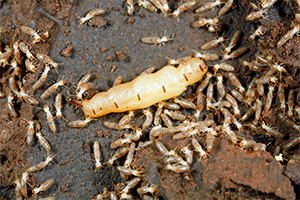
Why is the wood destroying insect inspection important?
The below map (developed by the US Forest Service) illustrates the importance of the WDI inspection in our region of the country. It shows an estimate of various termite zones based on their scientific studies. You will notice that the Houston area is in the Very Heavy Zone. Simply put, our climate, access to water and sources of wood add up to an ideal place for termites to live.
